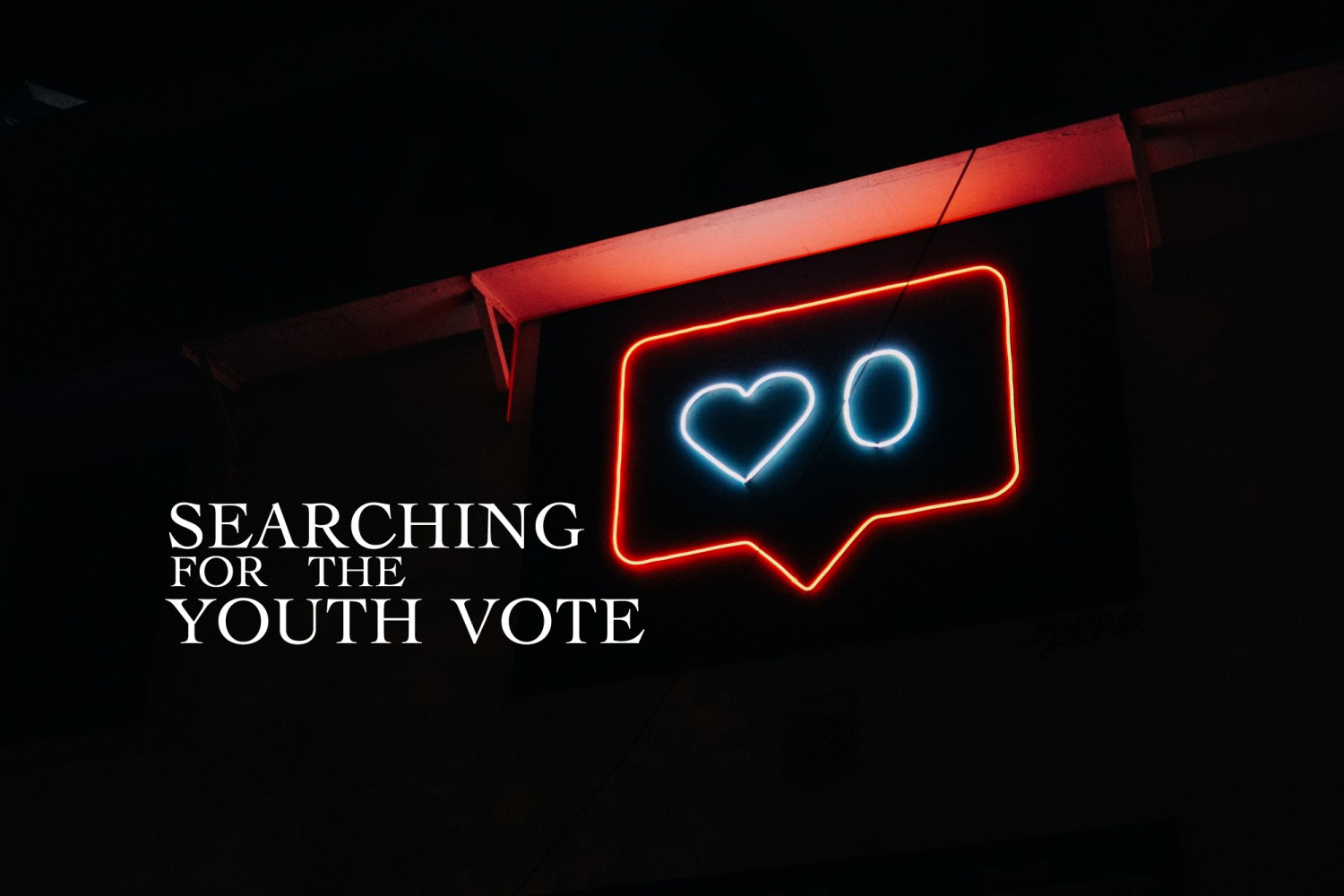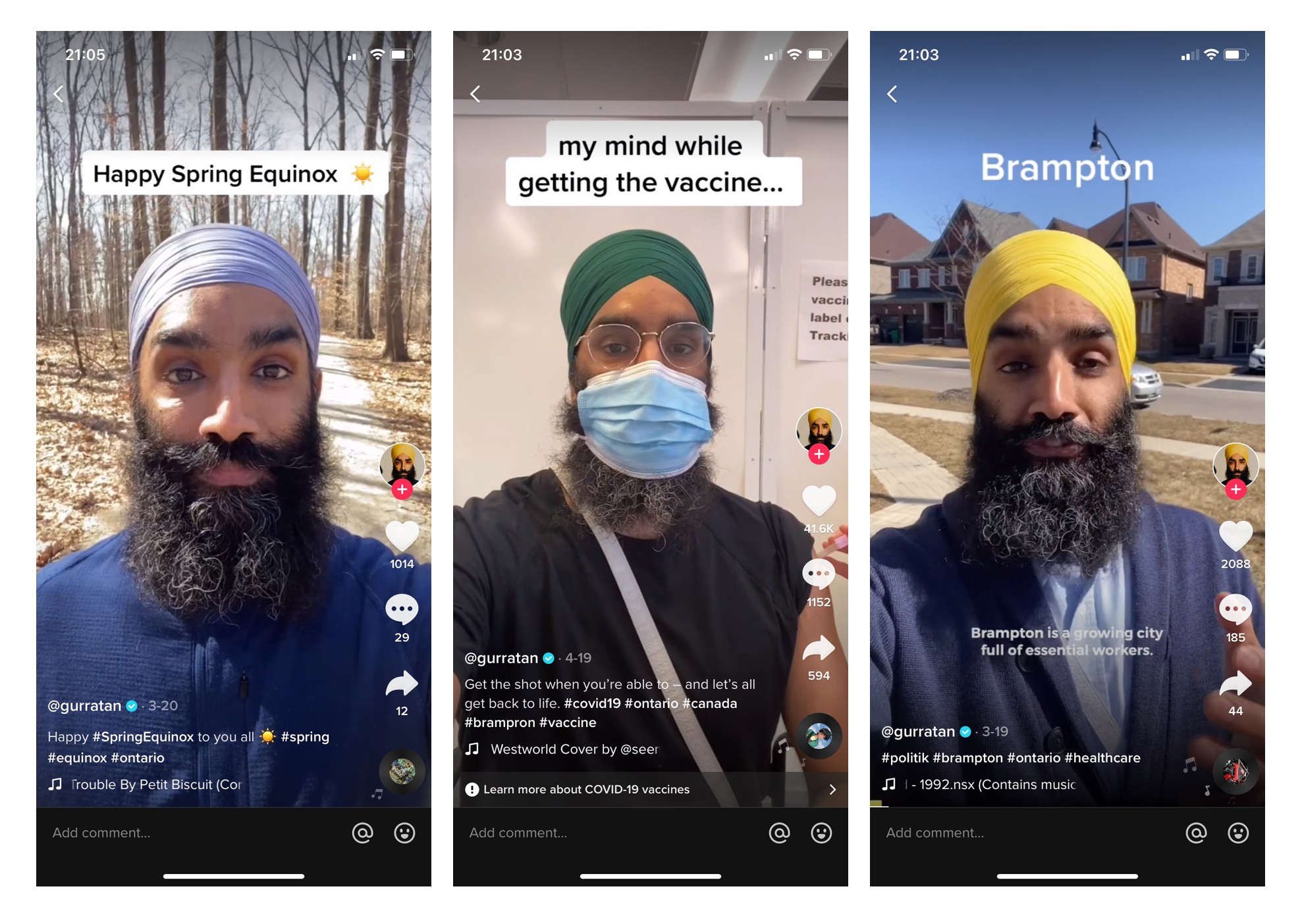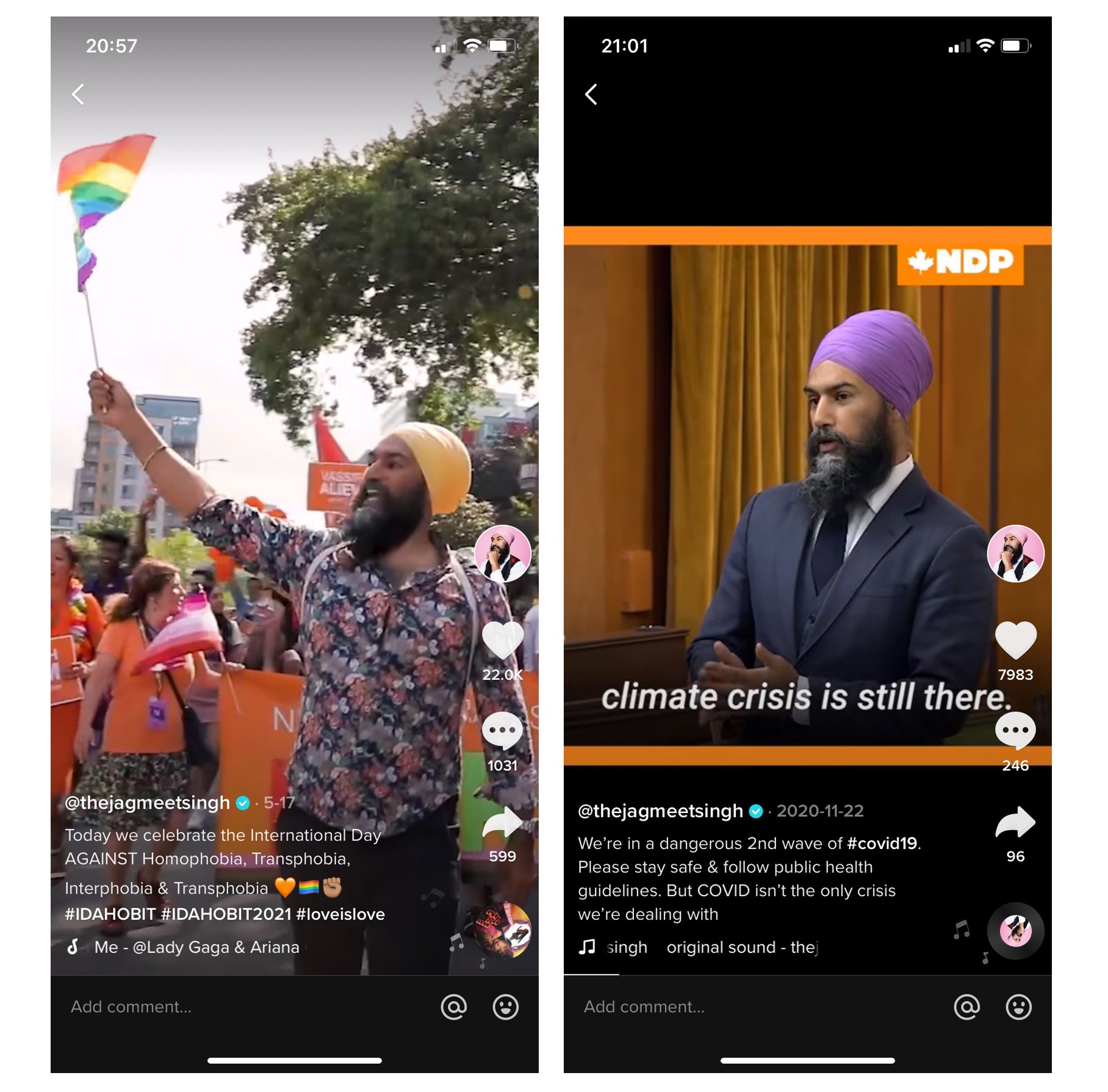
Politicians need to change their social media platforms to attract young voters
The Pointer's Social Media Monitor is a weekly look at how elected officials and other public civil servants are using their taxpayer-funded resources to shape digital communication aimed at constituents. We feature one public figure or topic each week.
“I believe young people are going to make history in the next election.”
Those were the words federal NDP Leader Jagmeet Singh shared with the media in April.
“The reason why I believe that is we’ve already seen young people at the forefront of many social justice movements,” flocking to climate marches and demonstrations supporting the Black Lives Matter movement, MeToo and various LGBTQ+ causes.
It’s not clear yet if participation in these recent social movements will impact the polls in Canada, but analysis suggests it did for the country’s southern neighbour.
The Center for Information and Research on Civic Learning and Engagement reported voter turnout among the 18-29 age group increased from 39 percent in 2016 to 50 percent in 2020, helping lead President Joe Biden to victory. Racial justice contributed to the voter turnout: 68 percent of the 2,645 people who completed the organization’s poll said they saw voting as a “way to stop violence against people of colour.”
Much of this engagement and action is galvanized through major social media platforms.
Politicians can no longer ignore the power of the youth vote. The successful campaign of Alexandria Ocasio-Cortez is a perfect example of a politician using modern communication to her advantage and the congresswoman’s continued deployment of savvy social media engagement has turned her into a political juggernaut.
Historically, younger demographics have opted against voting in elections, for all three levels of government.
Elections Canada reported for the 2015 federal election there was a 20-point difference between voter turnout among those between the ages of 18 and 24, compared to those in the 65 to 74 age group. This gap increased to 25 points in the 2019 federal election.
According to Elections Canada, the gap between voters in these two age groups grew for a second time in a row during the 2019 federal election. (Graphic from Elections Canada)
Politicians share their messages in many ways, including press conferences, scripted announcements, printed news releases and social media campaigns, but Simran Gill, Regional Director with Future Majority, believes politicians can do more to focus on engaging with the younger audience.
“Young people are very tech savvy and it doesn’t take much for politicians to meet them online by pushing out a tweet or post regarding an issue young people relate to.” She thinks more engaging methods, such as Instagram Lives, are a great way for politicians to connect with and hear the voices of young people.
Future Majority is an organization that encourages young people to vote as a way for their voices to be heard by politicians.
Many Brampton politicians post more frequently on platforms not favoured by younger demographics, such as Facebook. Almost all politicians who represent Brampton have Facebook and Twitter accounts. A majority of them also have Instagram accounts, but nothing more. Studies suggest these platforms do not put politicians in front of younger residents.
Research from Ryerson University’s Social Media Lab outlining the online habits of Canadians last year found Facebook use among those aged 18 to 24 shrunk by 11 percent compared to the organization’s previous report in 2017. Authors Anatoliy Gruzd and Philip Mai say this is a sign of younger adults moving to other social media platforms.
This 18-24 group is largely represented on Instagram. The findings also saw the age group grow its presence on Snapchat and Reddit compared to 2017. The demographic also represents the most users on the popular video-sharing app TikTok.
Gill said a shift to these types of platforms is essential if politicians want to see the younger demographic participating, pointing to increased use of Instagram, Twitter, Snapchat and TikTok to make the connection. Sharing messages on these platforms' features and filters “is a quick and easy way” to present vital information and reminders for younger voters. She believes it’s also more personable than a long Facebook video or an ad shown on TV. “By focusing and building a following on social media platforms that young people actually use, politicians can meet them where they are at and bring more of them into their movement.”
Future Majority hosts town halls and other forums with politicians to show how they can engage with younger voters, fighting the notion that young people don’t care about politics. “It’s not hard,” she says.
But voters aren’t feeling the connection.
Pushpek Sidhu says he’s only seen a select few politicians reach out to the younger demographic. He points to brothers Jagmeet and Gurratan Singh, the federal NDP Leader and his younger sibling, the NDP MPP for Brampton East, and their social media platforms. “They’re definitely pushing the younger audience to get more aware,” he told The Pointer. The Brampton resident is part of the 18-24 age group that has historically seen a lower voter turnout.
He thinks back to former Toronto City Councillor Norm Kelly as the first local politician to make a similar effort using social media. Nicknamed “6 Dad”, Kelly rose to internet fame when he defended Toronto rapper Drake and gushed about the star’s new album at the time. It certainly wasn’t politics, but it created a line of communication between Kelly and young Toronto residents in a way no other councillor was able to.
Pushpek Sidhu is a Brampton resident and content creator. (Image from Pushpek Sidhu/Instagram)
The Singh brothers use similar tones in their content. Jagmeet Singh’s TikTok lip-syncing to a trending song by rapper E-40 outlining the initiatives of the NDP party went viral days before the 2019 federal election concluded.
In March, Gurratan Singh also posted a video with a song trending on TikTok, calling out people who pointed fingers at Brampton and its residents for high infection rates without acknowledging the many contributing factors that impacted the city.

Screenshots from posts on Gurratan Singh's TikTok account show the Brampton politician reaching an audience of thousands, most of them in younger demographics. (Images from Gurratan Singh/TikTok)
“They will actually talk about things young people care about, like social justice issues, [and the] environment, stuff we actually were brought up caring about, Sidhu said.”
Gill agrees, and says using a trend can make the message more personable and relatable. Younger people speak a different language and they want to be engaged on their terms. If politicians wish to connect with this critical voter base, they will need to brush up on cultural trends, the issues that resonate and forms of expression such as memes, instead of relying on press releases and pre-recorded campaign advertisements.
“Bridging the gap between leadership/power and young people is something to be focused on. Young people will feel more engaged and comfortable with voicing their opinions if they feel heard, and feel that leaders are able to connect with them.”
Sidhu also hosts a feature pushed out on TikTok for his satirical content and told The Pointer Gurratan Singh reached out to him a couple months ago. The pair had a conversation about “trying to understand the whole social media thing a little bit better.”

Talking about issues that matter to youth on the platforms they use is helping NDP Leader Jagmeet Singh routinely reach thousands of people with a single post on TikTok. (Images from Jagmeet Singh/TikTok)
Sidhu believes TikTok is an effective way to share information with younger audiences and make an effort to understand them. “I feel like all politicians are outdated at this point. They really don’t understand what we feel and what we think about. They just make assumptions.”
One of the biggest assumptions is that younger voters don’t care.
“I think young people care a lot more than older generations and I think they know more about what's going on too,” Sidhu says, partially crediting social media and young people’s reliance on rapid technology to learn about what’s going on around the world and how it impacts them in Canada.
He believes the generational divide shows in the way politicians use social media. While most of their messaging is shared on Facebook, Sidhu feels politicians go on Instagram only to push the occasional post by pandering to the younger demographic. He says the approach often leaves older users one step behind. “They don’t realize Instagram is gone in a few years, it’s outdated too.”
Gill says engagement with younger voters needs to be sustained and authentic.
“Over the past years, I have personally seen many leaders catch on to the social media trend and adapt their campaign structure accordingly. This of course takes time to build up and gain the trust of the young voters the leader wishes to engage.”
Email: [email protected]
Twitter: @nida_zafar
Tel: 416 890-7643
COVID-19 is impacting all Canadians. At a time when vital public information is needed by everyone, The Pointer has taken down our paywall on all stories relating to the pandemic and those of public interest to ensure every resident of Brampton and Mississauga has access to the facts. For those who are able, we encourage you to consider a subscription. This will help us report on important public interest issues the community needs to know about now more than ever. You can register for a 30-day free trial HERE. Thereafter, The Pointer will charge $10 a month and you can cancel any time right on the website. Thank you.
Submit a correction about this story


